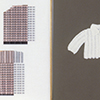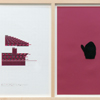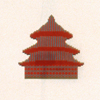Early Knitted Work. 1979–82 Click on images to view projects. |
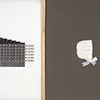 |
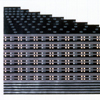 |
 |
||||||
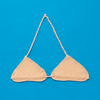 |
 |
 |
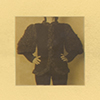 |
|||||
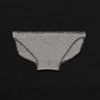 |
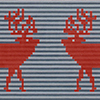 |
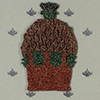 |
|
|||||
In my earliest knitted work I simply substituted yarn for thread and continued my formal investigation of line. I translated knitting instructions into drawings on graph paper in which each color stands for a kind of stitch—e.g., knit, purl, knit-two-together, and so on—and also followed the written instructions to make the knitted objects. There is a triple translation in each work—from idea to text to visual rendition to physical realization—a kind of structural investigation of three conventions of representation. The objects I chose for the three-part work Laura’s Layette are connected to an infant’s growth and development. Laura’s Sweater is part of the layette my first child wore home from the hospital.
Direction/Translation/Operation maps a child’s growth of thumb-finger opposition, one of the earliest developmental stages for primates. In later works I employed a more wide-ranging, associative mode of thinking that took the knitted object far out of the domestic realm. Pyramid starts with a simple knitted triangle and ends, in the last panel, with a hand-colored photograph of the Great Pyramid of Giza, completing a process that plays with the depiction of function and scale. Temple of Heaven features a ski cap in the shape of a Chinese temple—a comic twist on the visits great Chinese emperors made to the Temple of Heaven during the Ming and Ching dynasties, where, it was believed, messages from the gods were sent directly into their heads.
|
